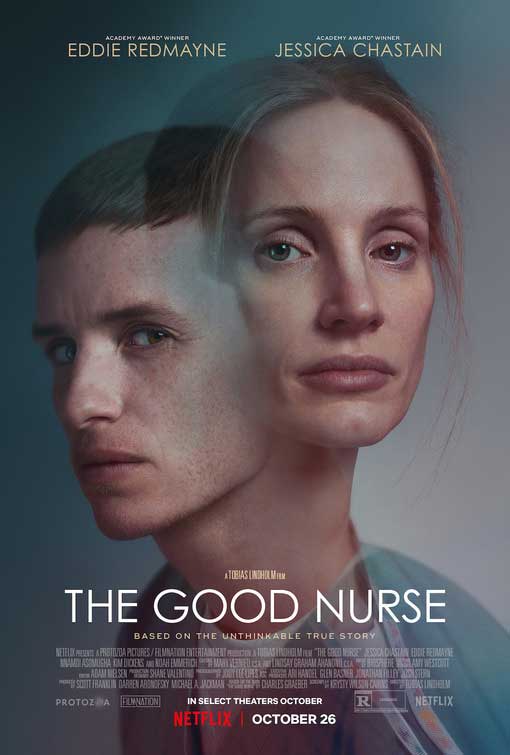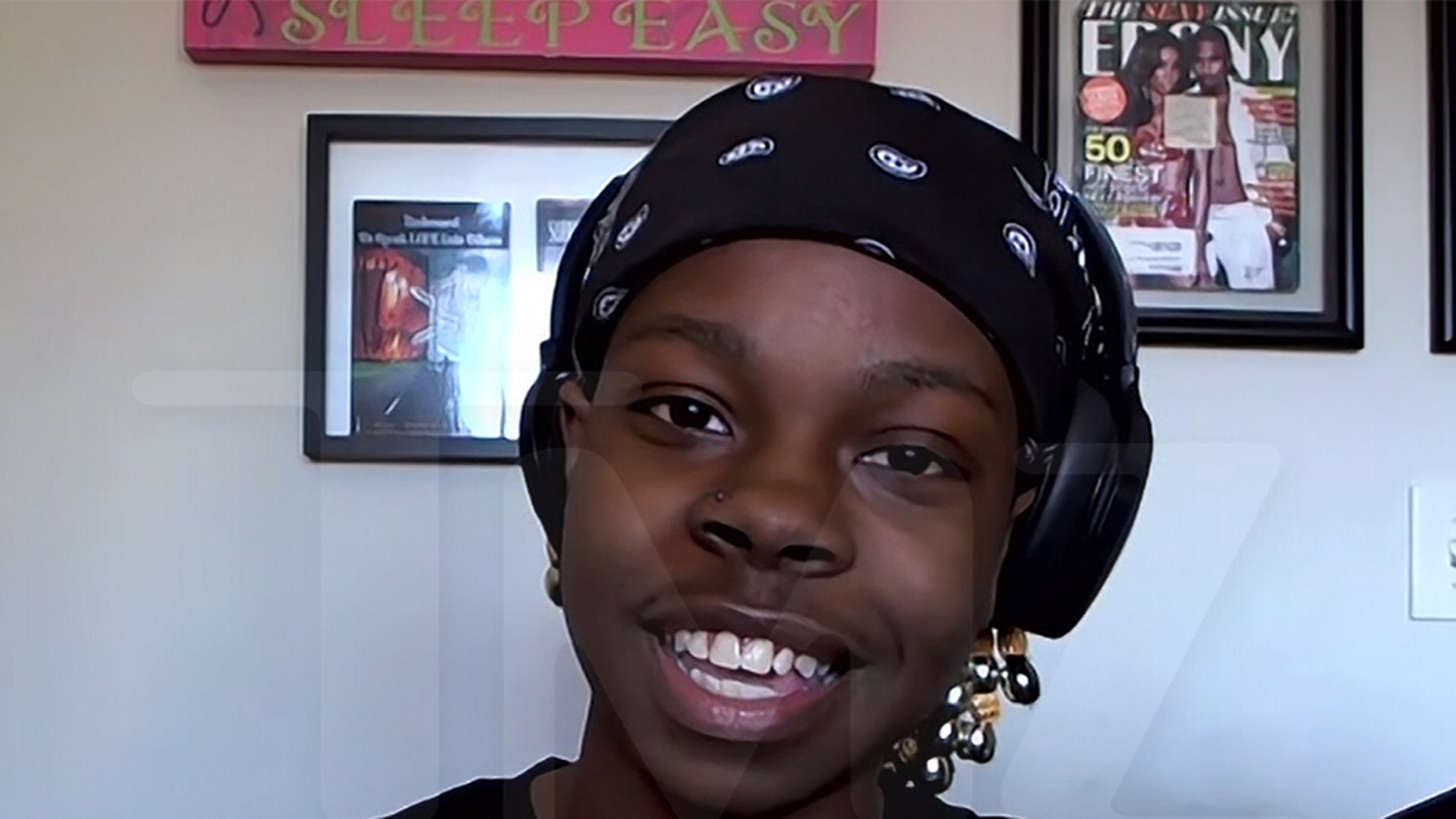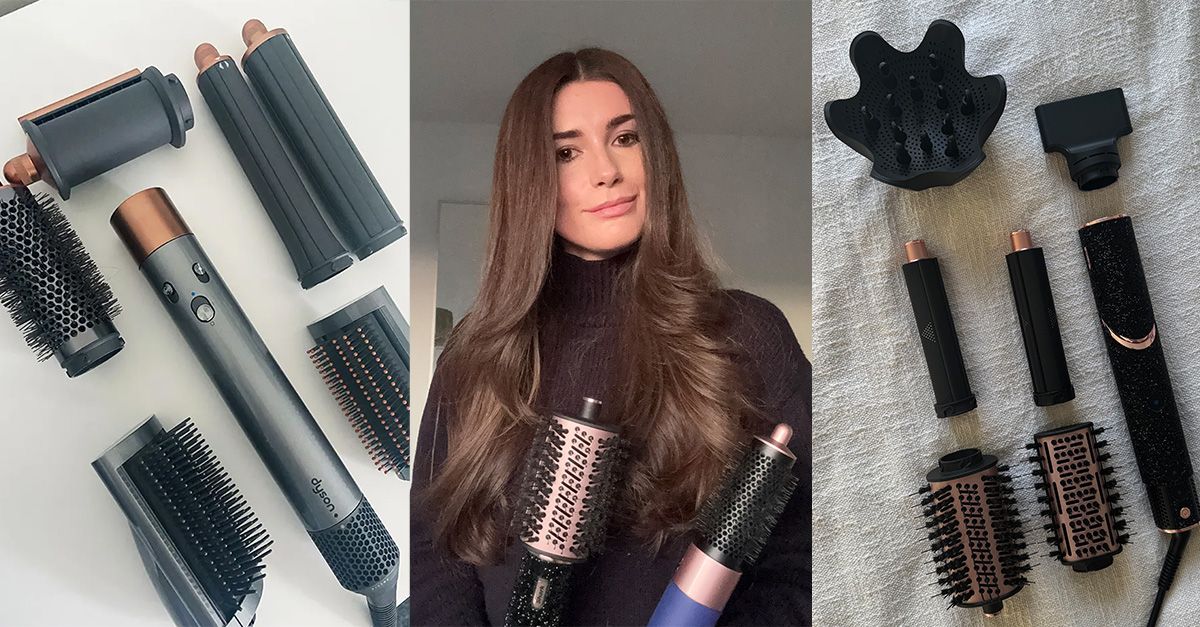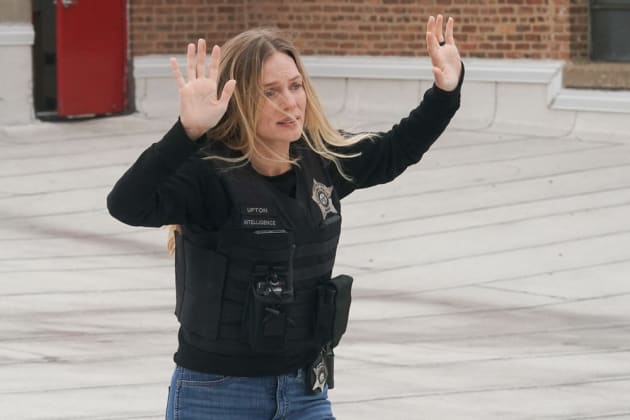
There are typically two logical approaches to telling the story of real-life serial killers in cinema: analyzing the life of said killer, and/or focusing on the police investigation that brings the person down. The Good Nurse takes a decidedly less-compelling direction by bringing to life the story of a coworker who was friends with who is likely the most prolific killer in American history.
That was my take before I decided to do five minutes of Internet sleuthing to get a feel for the real story, one that is immensely more gripping than what director Tobias Lindholm and writer Krysty Wilson-Cairns put to screen.
The Good Nurse (the movie, not the book) is incredibly interested in the personal dynamic between nurse Amy Loughren and her colleague Charles Cullen, who would go on to admit guilt in the deaths of 40 patients and who is suspected to have killed as many as 400 individuals. The filmmakers apparently were so drawn to their relationship—how Amy would begin to suspect that her friend is indeed killing people—that they lost sight of everything else—including their central character.
In the movie, Amy is stressed out and needs a heart transplant (my five minutes of sleuthing suggests this seemingly Hollywood-inserted subplot, presumably meant to explain how Amy could let creepy Charlie into her life, is indeed Hollywood inserted, though I could be mistaken) and thus the story dwells on the developing bond between her and this awkward, creepy dude who looks a lot like awkward, creepy Eddie Redmayne. But that focus comes at the expense of depicting the partnership she forged with two detectives investigating Cullen and the lengths she went to to bring him down. While watching The Good Nurse, her incredible actions are downplayed so much I walked away questioning why the hell they made a movie about the wrong character (hence my opening paragraph).
Jessica Chastain is good but this is not a particularly challenging role for her; further, the whole movie feels so stocked with bland Hollywood machinations her performance gets lost. Redmayne makes for a creepy villain, but is given so little prominence that he too isn’t given much to do. His performance amounts to him acting a little bonkers in his final interrogation, a scene that encapsulates the filmmakers’ cynical defiance of digging to any level of real depth.
At surface depth, The Good Nurse isn’t a terrible experience but hardly a gripping one. But the more I think about, the more I dwell on the missed opportunities to claw around in Cullen’s twisted mind (while I haven’t read The Good Nurse, I did by coincidence recently read a chapter by former FBI profiler John Douglass about his conversation with the killer) or bring to life the collaborative investigation by Loughren and the police, which could have been laid out as a thrilling investigative procedural, the more I realize there isn’t much good about The Good Nurse at all.
Review by Erik Samdahl unless otherwise indicated.














































































